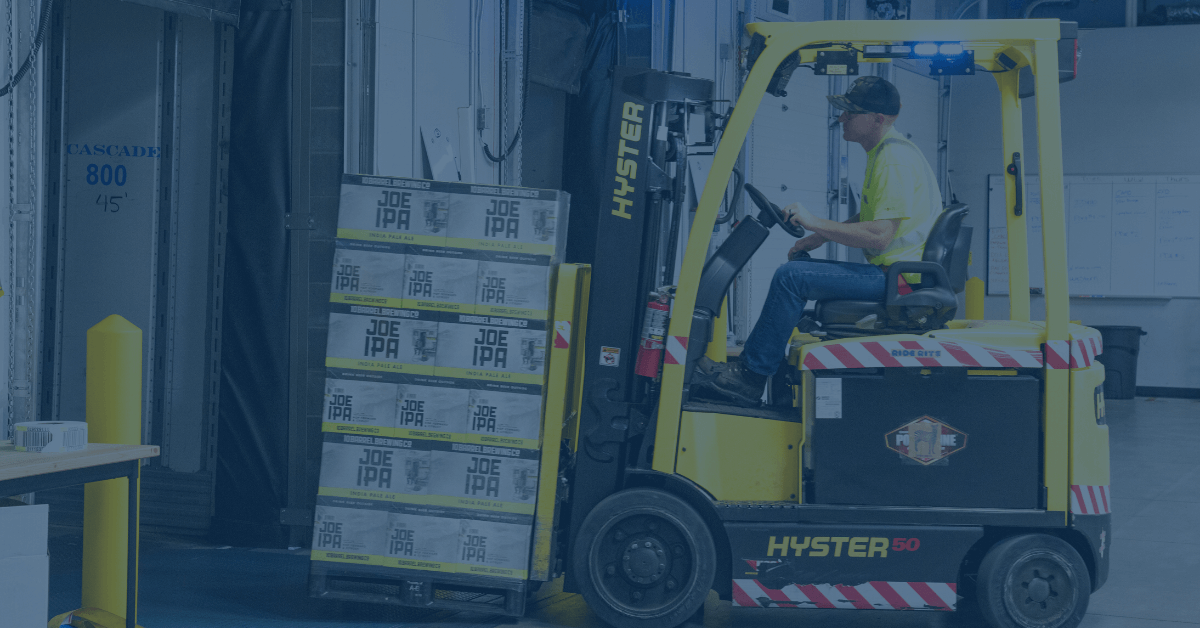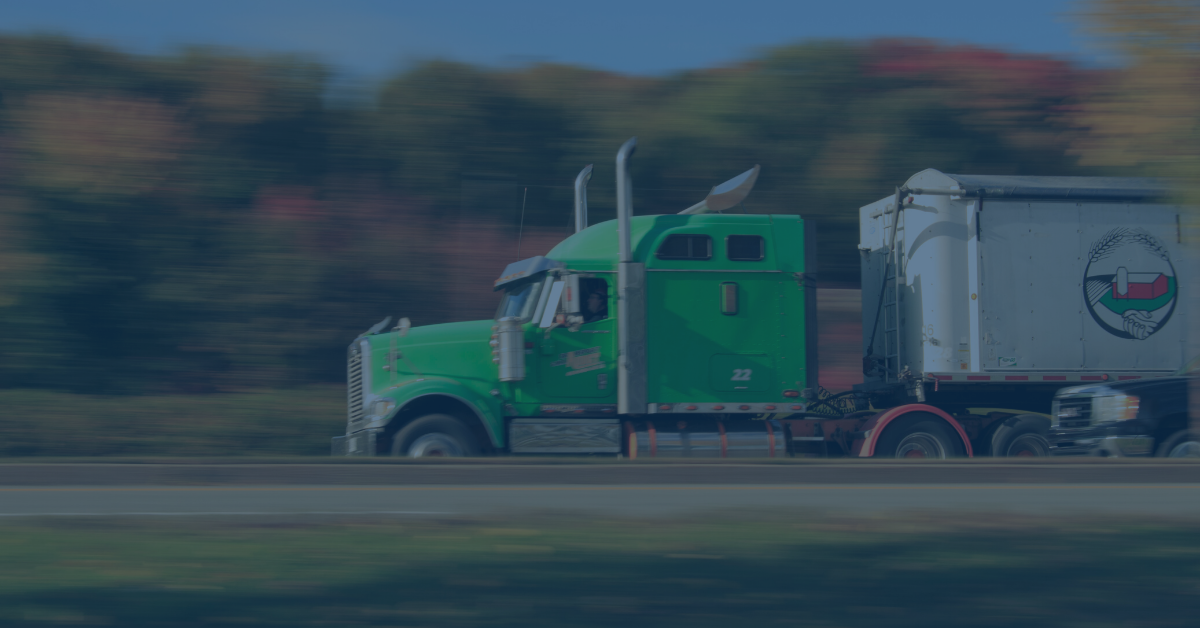Does your business need to comply with OSHA regulations? This is the year to find out.
As OSHA regains some teeth in 2021 and beyond and increases inspections and citations, all businesses need to reassess their OSHA compliance program. Otherwise, you could be looking at significant fines, a loss of resources, and a decrease in competitiveness in your industry.
Here’s the good news: not every business needs to worry about every single standard. In addition to the General Duty Clause, your business has a list of applicable standards, often related to the hazards you have at your workplace.
Find out which OSHA standards apply to your sector in this guide.
Does OSHA Apply to My Business?
OSHA regulations cover all industries under their general industry rules. A second, more specific set of rules apply to construction, maritime, and agricultural operations.
General Industry Standards (29 CFR 1910) apply to all industries covered by federal OSHA or one of 22 state-approved plans. An individual or team at your company should regularly examine all industry standards to determine which ones apply to your organization.
You don’t have to do it alone. OSHA provides publications searchable by industry and free consulting to assist you.
Who Is Exempt from OSHA?
The vast majority of private sector employers are covered by OSHA regulations. Unless you have confirmation that you don’t need t comply with OSHA, you should assume that OSHA standards apply.
Excluded organizations are a very short list: self-employed people, the federal government, state governments, churches.
Additionally, there are some businesses that aren’t under OSHA’s umbrella because they fall under the purview of another regulatory body. These include:
- Nuclear operations
- Mining operations
- Domestic services employers
- Farms with fewer then 10 non-family employees and no labor camp
List of OSHA Standards for Common Business Types
Here is a sample of specific OSHA-regulated industries and where to find the standards for each:

OSHA Regulations for All Businesses and Nonprofits
Every business under federal OSHA must adhere to either the General Industry (29 CFR 1910) Standards or the Safety and Health Regulations for Construction (29 CFR 1926).
Whistleblower Protection statutes also apply to all employees covered by OSHA regardless of industry.
Recordkeeping (29 CFR 1904) standards only apply to certain companies and industries. For example, employers with 10 or fewer employees and business establishments in certain industry classifications are partially exempt from keeping OSHA injury and illness records.
Here are a few General Industry subparts that likely apply to your situation. (Please note that for easy navigation, the links below take you to a specific subpage. To see all the regulations under a specific subpart, start here.)
- 1910 Subpart D – Walking-Working Surfaces, which includes ladders, stairways, fall protection, and training requirements.
- 1910 Subpart E – Exit Routes and Emergency Planning, which includes exit-route codes, design, maintenance, emergency action plans, and fire prevention plans.
- 1910 Subpart J – General Environmental Controls, which includes sanitation, color identification, signage, and the control of hazardous energy.
- 1910 Subpart K – Medical and First Aid
- 1910 Subpart L – Fire Protection, which includes portable fire extinguishers, fire extinguishing systems (1910:158 through 1910:163), fire detection, and alarm systems.
- 1910 Subpart Z – Toxic and Hazardous Substances, particularly bloodborne pathogens, which covers the handling and disposal of sharps and razors, and hazard communication.
If you directly employ janitorial staff or a handyman, examine 1910 Subpart P – Hand and Portable Powered Tools and Equipment and 1910 Subpart S – Electrical to ensure you’re following general industry requirements for maintenance work.

Hospital, Medical & Dental
General industry standards also apply to the healthcare industry. Each organization must examine all 1910 regulations to determine which apply.
Typically, subparts 1910.1030 – Bloodborne pathogens (needle handling and safety) and 1910 Subpart H – Hazardous Materials (compressed gases, oxygen, nitrous oxide, etc.) have a more stringent application in healthcare entities.

OSHA Regulations for Education
OSHA regulations govern both public and private educational institutions. Educational institutions must adhere to general industry standards including but not limited to statutes contained under:
- 1910 Subpart D – Walking-Working Surfaces
- 1910 Subpart E – Exit Routes and Emergency Planning
- 1910 Subpart K – Medical and First Aid
- 1910 Subpart L – Fire Protection
- 1910 Subpart Z – Toxic and Hazardous Substances, particularly bloodborne pathogens and hazard communication
Elementary and secondary schools, higher education institutions, and educational support services are not required to keep an OSHA 300 log and are exempt from OSHA Recordkeeping Regulations.

Warehousing
Retail, logistics, and other industries operating warehouses must abide by General Industry Standards with particular attention to:
- 1910 Subpart F – Powered Platforms, Manlifts, and Vehicle-Mounted Work Platforms
- 1910 Subpart G – Occupational Health and Environmental Control, including ventilation and noise exposure
- 1910 Subpart I – Personal Protective Equipment
- 1910 Subpart L – Fire Protection
- 1910 Subpart N – Materials Handling and Storage, including forklifts and other powered trucks
Warehouses must also ensure they are protecting workers from:
To apply the patchwork of OSHA warehousing standards, read our Practical Guide to Warehouse Safety.

Transportation
Like warehousing, the transportation industry must abide by the General Industry Standards and, with a few exceptions, Recordkeeping Standards.
Specific regulations related to construction vehicles and equipment can be found in 1926 Subpart O – Motor vehicles, including 1926.600 – Equipment, 1926.601 – Motor vehicles, and 1926.602 – Material handling equipment.
Other driving and road safety standards are regulated by:
- the National Highway Traffic Safety Administration
- the Environmental Protection Agency
- the Department of Transportation

Manufacturing
Manufacturing companies and plants must adhere to general industry standards including but not limited to statutes contained under:
- 1910 Subpart F – Powered Platforms, Manlifts, and Vehicle-Mounted Work Platforms
- 1910 Subpart G – Occupational Health and Environmental Control, including ventilation and noise exposure
- 1910 Subpart H – Hazardous Materials, process safety management of highly hazardous chemicals
- 1910 Subpart I – Personal Protective Equipment
- 1910 Subpart J – General Environmental Controls, including sanitation, color identification, signage, and the control of hazardous energy (Lockout/Tagout)
- 1910 Subpart L – Fire Protection
- 1910 Subpart N – Materials Handling and Storage, including forklifts and other powered trucks
- 1910 Subpart O – Machinery and Machine Guarding, which may apply via general requirements, abrasive wheel machinery, and mechanical power presses
- 1910 Subpart Z – Toxic and Hazardous Substances, including bloodborne pathogens and hazard communication
OSHA provides a list of compliance resources for specific areas of manufacturing, such as apparel, batteries, concrete products, and more.

Labs & Breweries
Laboratory and brewing operations are regulated under the General Industry Standards.
The chemical and toxic substances handling, storage, and signage standards largely contained in 1910 Subpart Z and include:
- hazardous laboratory chemicals
- hazard communication
- air contaminants
- formaldehyde
- bloodborne pathogens
- hazard communication
Also applicable are:
- 1910 Subpart I – Personal Protective Equipment
- 1910 Subpart H – Hazardous Materials, compressed gases
- 1910 Subpart G – Occupational Health and Environmental Control, ventilation

Telecommunications
In addition to following the General Industry Regulations, the telecommunications industry must adhere to a dedicated section under Subpart R: 1910.268 Telecommunications. This section covers conditions, processes, methods, and installations performed at telecommunications centers and in the field.
If your employees are engaged in the construction or site work, CFR 29 1926 Standards apply as well.
Electric Utilities OSHA Regulations
Electric utility companies must follow the General Industry Standards, including a dedicated section under Subpart R: 1910.269 – Electric power generation, transmission, and distribution.
As with telecommunications companies, CFR 29 1926 Standards may apply if your employees are engaged in the construction or site work.
Utility managers should study the OSHA interpretation concerning training and licensing requirements for side-boom and low-capacity crane operators. There is also a special status for Digger-Dereck equipment operators.
OSHA Standards PDFs
No one expects a safety professional to memorize every OSHA standard that applies to their business. You may find it easier to print out the PDF version of the standards and any applicable fact sheets for quick reference.
The following can be found on OSHA’s publications page:
- A General Industry Standards Digest .PDF is available as in English and Spanish.
- A Construction Standards Digest .PDF is available in English and Spanish.
- Multiple .PDF Fact Sheets and QuickCards are available on the Maritime Standards.
- Likewise, Agriculture Standards are reviewed in various .PDF Fact Sheets and QuickCards.
- Recordkeeping Standards .PDF
- Whistleblower Program Summary .PDF
How to Comply with OSHA Regulations
To be considered OSHA compliant, employers must identify and fix any health and safety hazards by utilizing the Hierarchy of Controls approach.
NIOSH defines the hierarchy of controls as addressing hazards through the following controls:
- Elimination
- Substitution
- Engineering Controls
- Administrative Controls
- PPE
Where there is no specific standard for your organization, you must adhere to the General Duty Clause.
The OSHA General Duty Clause says: “each employer shall furnish to each of its employees a workplace that is free from recognized hazards that are causing or likely to cause death or serious physical harm.”
Guidance on best practices in safety exceeding OSHA compliance requirements can be found in consensus standards published by nonprofit standard-making organizations such as NFPA, ANSI, and ASME.
OSHA Recordkeeping Standards only apply to certain types of businesses. If your company type is not on the list of exempt companies, you must prepare and maintain records of serious workplace injuries and illnesses using the OSHA 300 Log.
Where Can You Go for Help with OSHA?
You can find more resources for your industry on OSHA’s compliance assistance page.
If you’re still unclear on how a specific standard affects day-to-day operations, you can reference interpretations as a guide or submit a request for clarification.
If you want to go a step further, you may invite OSHA consultation services to audit your worksites. You will be required to correct any violations, and as long as you do so within the provided amount of time, OSHA inspection services will not be notified.
Get to Know OSHA Requirements for Employers
OSHA regulations don’t exist to hassle employers. Their purpose is to keep employees as safe and healthy as possible by eliminating and controlling hazards.
While you may not have heard much from OSHA in the last four years, there is a new commitment to increase inspection staff. So, there’s never been a better time to not only meet OSHA requirements but even exceed them.
Are you ready to get started? Get free resources in Safesite’s template library or schedule a demo to learn how Safesite can streamline OSHA compliance for your organization.
